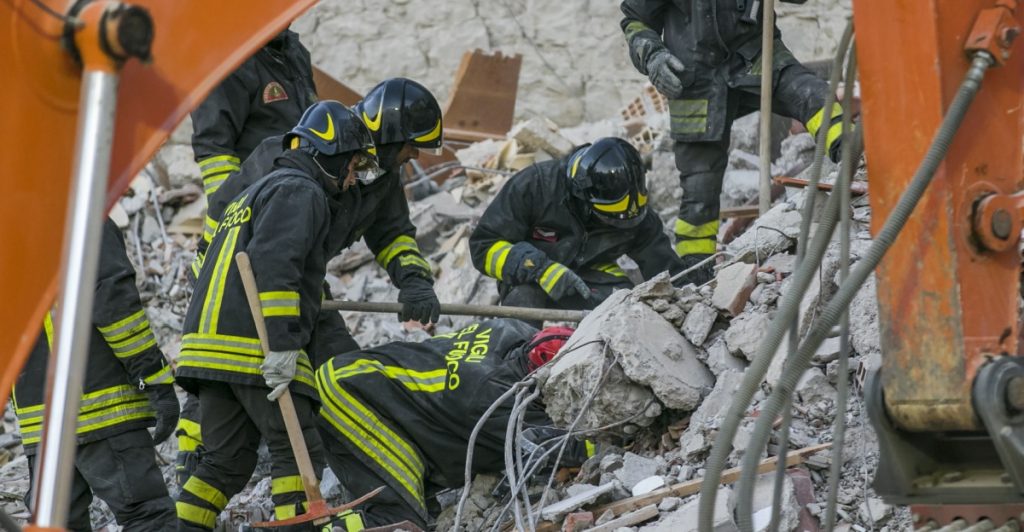Tsunamis can strike suddenly and with devastating force.
Others are reading now
A single offshore earthquake can send a wall of water rushing toward the shore. Tsunamis often hit without warning — and their consequences are catastrophic.
Japan
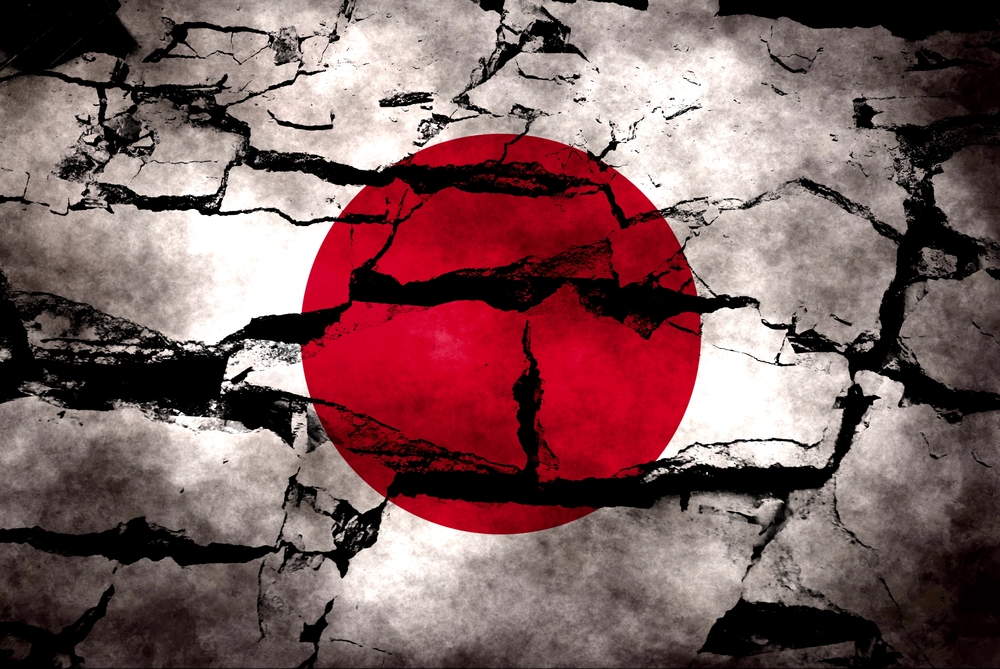
- Located along the “Ring of Fire” — a region of intense tectonic activity
- Has experienced several major tsunamis, including the 2011 Tōhoku disaster
- Advanced warning and evacuation systems have been implemented
Indonesia

- Situated where multiple tectonic plates meet
- The infamous 2004 tsunami struck Aceh province, killing over 230,000 people
- Remains at high risk for future tsunamis
Chile
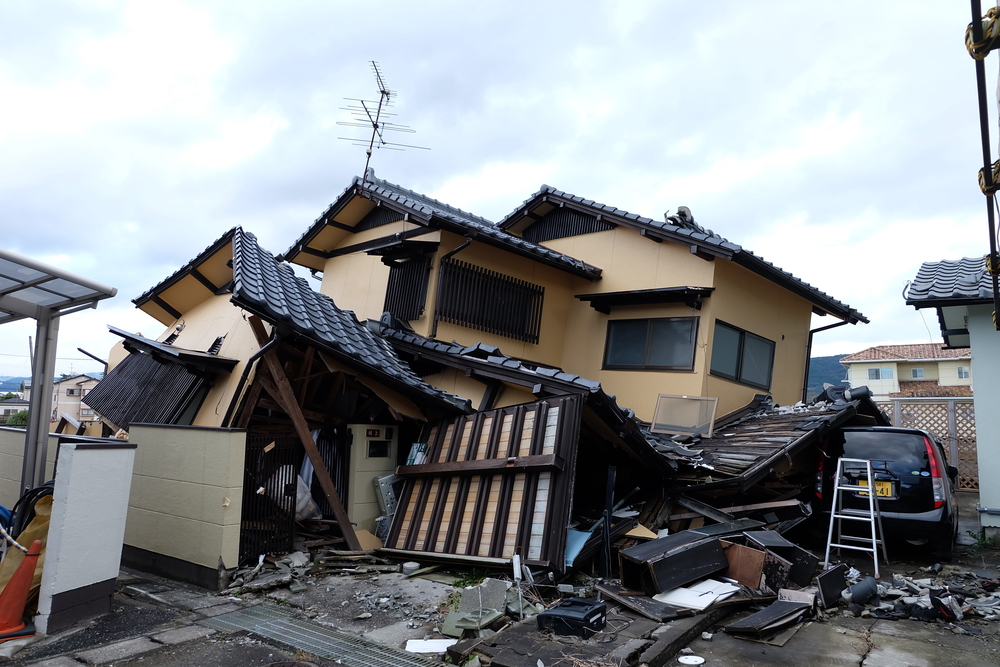
- Long Pacific coastline located along an active subduction zone
- Tsunamis frequently triggered by powerful earthquakes — e.g., in 1960 (the most powerful quake ever recorded)
- Authorities have significantly improved emergency preparedness
The Philippines
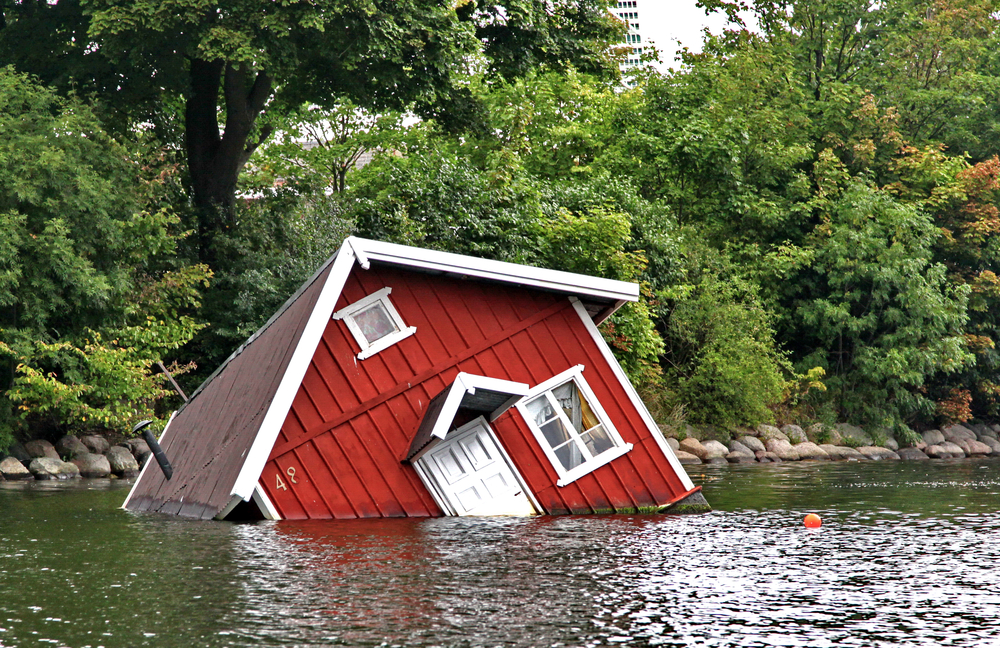
- Intersection of multiple tectonic plates
- Prone to both earthquakes and volcanic activity that can trigger tsunamis
- Local evacuation systems and disaster education have been established
USA (Especially Hawaii and Alaska)
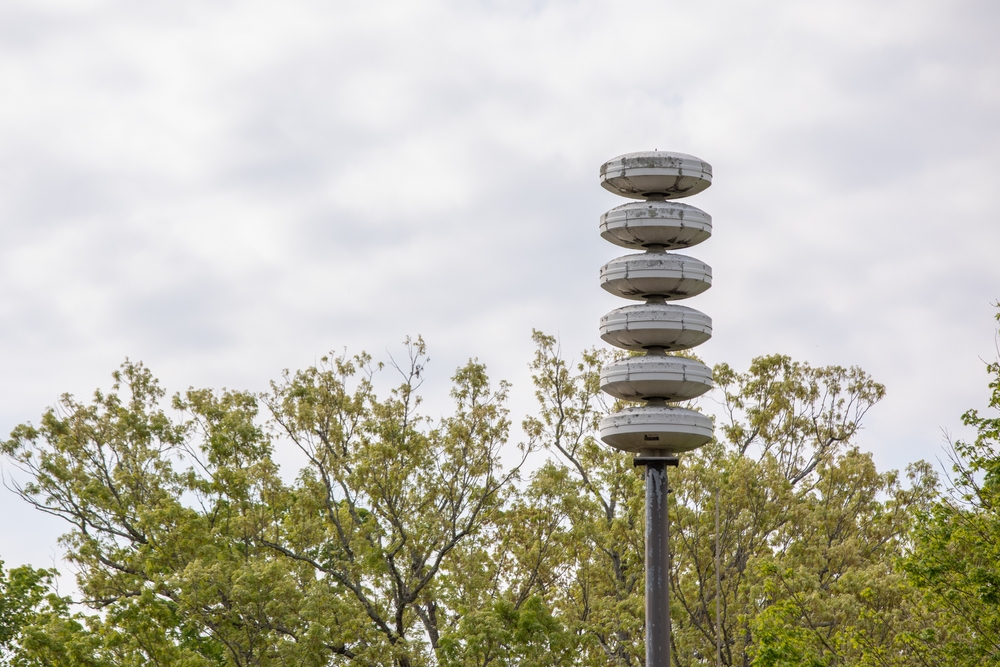
- Hawaii: Surrounded by ocean, previously hit by distant tsunamis from places like Chile and Japan
- Alaska: Tectonically active region with a history of tsunamis
- Home to NOAA’s advanced tsunami warning system
Papua New Guinea
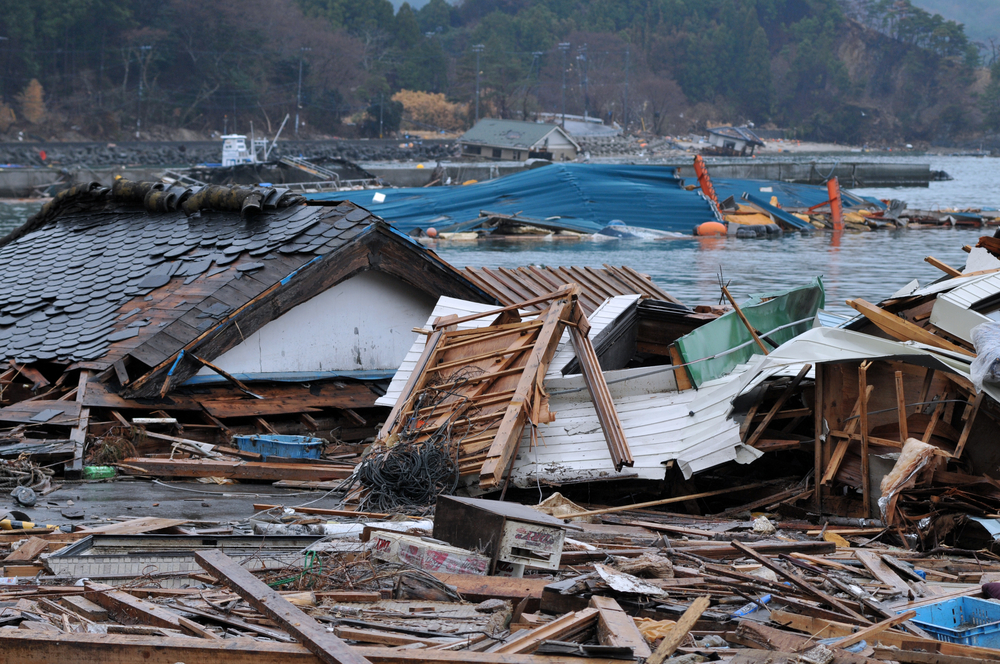
- Located in the western Pacific — a highly tectonic zone
- Multiple deadly tsunamis in recent decades, including one in 1998
- Faces infrastructure and preparedness challenges
Samoa and Tonga
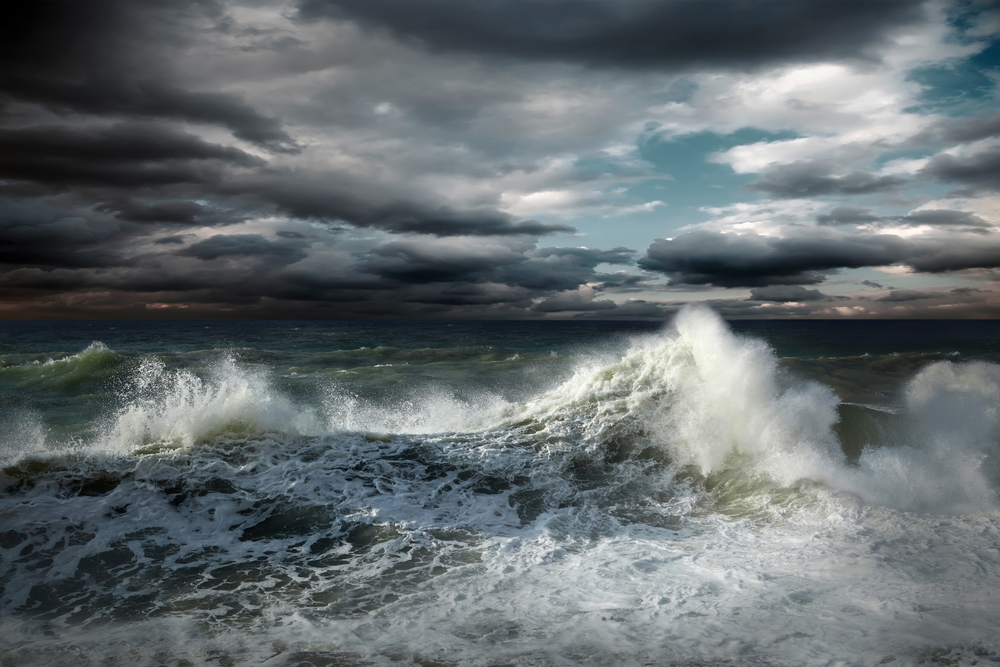
- Small island nations with low elevation above sea level
- Extremely vulnerable even to minor tsunamis
- Frequently affected by earthquakes in the southern Pacific
Summary
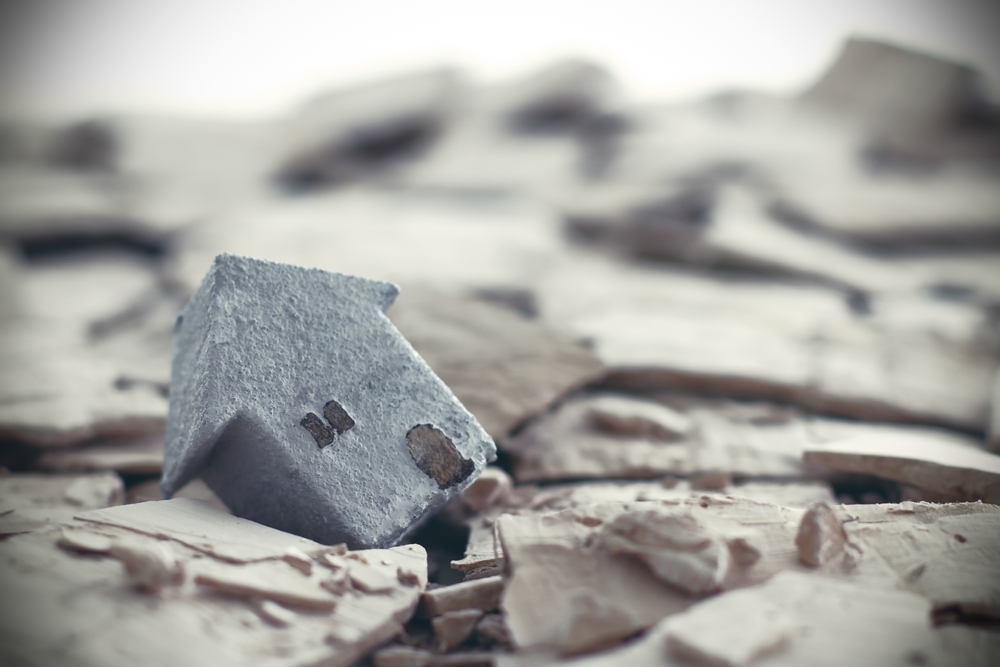
- The highest tsunami risk zones lie around the Pacific’s “Ring of Fire”
- A combination of active plate boundaries and densely populated coastlines increases vulnerability
- Prevention and early warning are critical to reducing fatality rates

